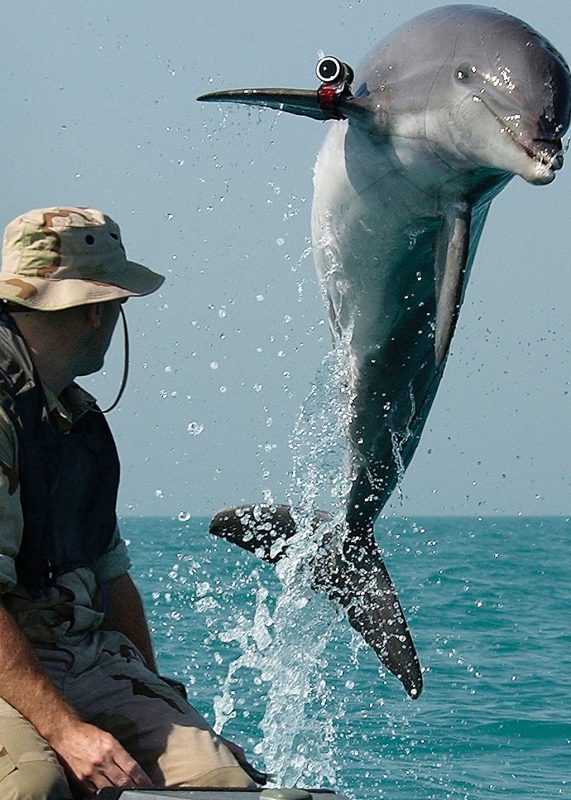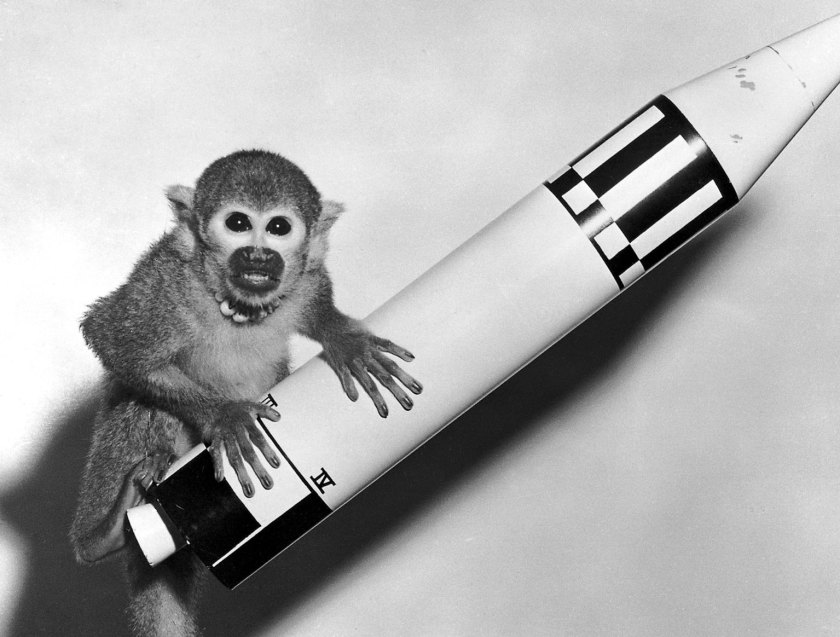
If you’re an animal lover, you might not want to read any further. (But we know you will, because you’re just too damned curious.) Over the decades, the world’s militaries have come up with some pretty diabolical ways of weaponizing animals. No, thankfully no bomb-strapped dogs or grenade-launching kittens. The emphasis seemed to be on animals at the lowest end of the food chain, such as rats and pigeons. Below, RealClearLife has collected a short list of the crazier animal weapons that made it past the conversation phase.
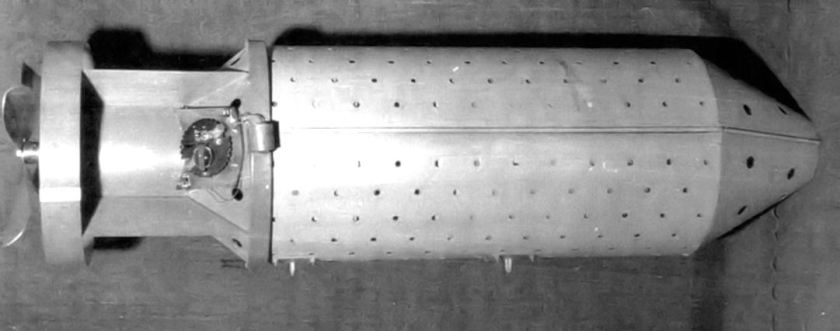
1. Bat Bombs – World War II – No, this was not derived from the pages of the Batman comic. Bat bombs were actually something a Pennsylvania dentist came up with to retaliate against the Japanese for the bombing of Pearl Harbor in 1941. The concept was “simple”: strap IEDs to the backs of bats and let them loose over Japanese cities. It actually made it well past design phase: The U.S. military chose the Mexican free-tailed bat as the mini-bombardiers and conducted tests in December 1943. According to The Atlantic, the price tag was in the region of $2 million. Read more about the tests here.
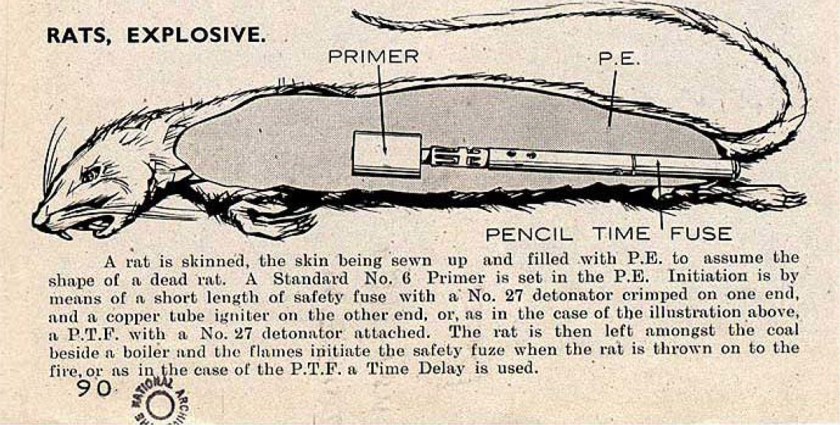
2. Rat Bombs – World War II – If you had a good laugh at the incendiary bat idea, this one, courtesy of our allies the British, might be a bit more, shall we say, unsettling. According to the BBC, the idea for “exploding” rats started in the Special Operations Executive—basically, the British military’s version of Q in the James Bond movies. Kicking off in 1941, the concept was to basically fill up rats with explosives (see image above for where) and send them into enemy boilers, which would then be detonated. But the program went nowhere, as its first shipment was discovered by the Germans. For more on the program, click here.
3. Pigeon-Guided Missiles – World War II – Another American inventor (and psychologist) in 1943 decided that it would be a good idea to test pigeon-guided rockets in order to more effectively bomb the Nazis. Given a grant of $25,000, no small sum at the time, B.F. Skinner got to work. Having used them during his psychological experiments, he had an epiphany of sorts one day, while watching the pesky city birds fly in formation: “Suddenly I saw them as ‘devices’ with excellent vision and extraordinary maneuverability,” he said. “Could they not guide a missile?” Although Skinner did successfully demonstrate his battle birds, the military decided they’d had enough with it and gave it the old heave-ho. But not before spending thousands of dollars on the idea. For more on the program, click here.
4. Chicken-Heated Nuclear Land Mines – Cold War – After the U.S. dropped nuclear payloads over Hiroshima and Nagasaki, it became clear to the world the type of destruction an atomic bomb could cause. And in the middle of the Cold War, when the British feared a possible Russian invasion, their scientists came up with the idea to plant nuclear landmines across Germany to detonate if the Russians ever began advancing. How would the bombs survive the extreme cold of the German countryside? Through the warmth of chickens. Thankfully, the project was suspended in 1958. For more on it, click here.
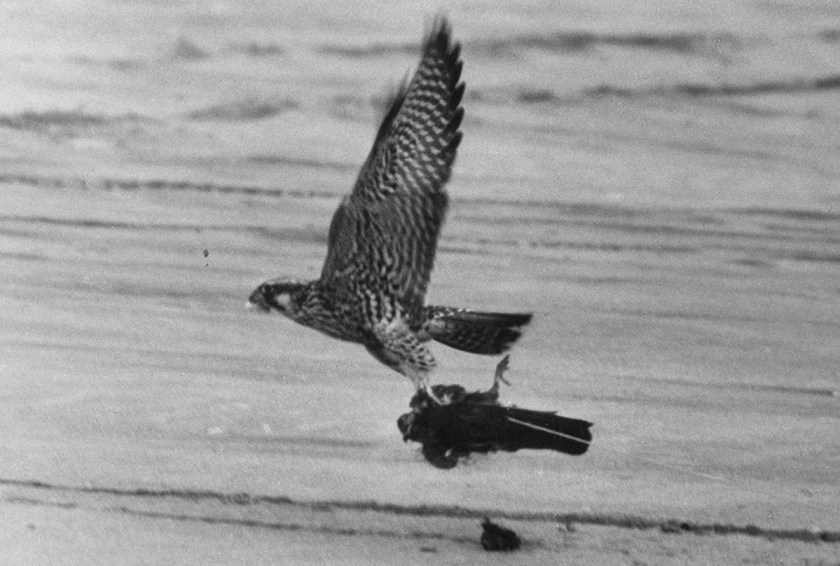
5. Enemy Message–Intercepting Falcons – World War II – Those poor pigeons are back for a second round. According to the BBC, in 1940, the Nazis were making good use of message-carrying pigeons, apparently the brainchild of SS head Heinrich Himmler. It turned out Hitler was using the early form of instant messenger to work on an invasion of England. So English intelligence service MI5 rounded up a force of peregrine falcons to intercept the pigeons and stop any potential invasion from taking place. The program was highly successful and actually, er, made it off the ground. For more on it, click here.
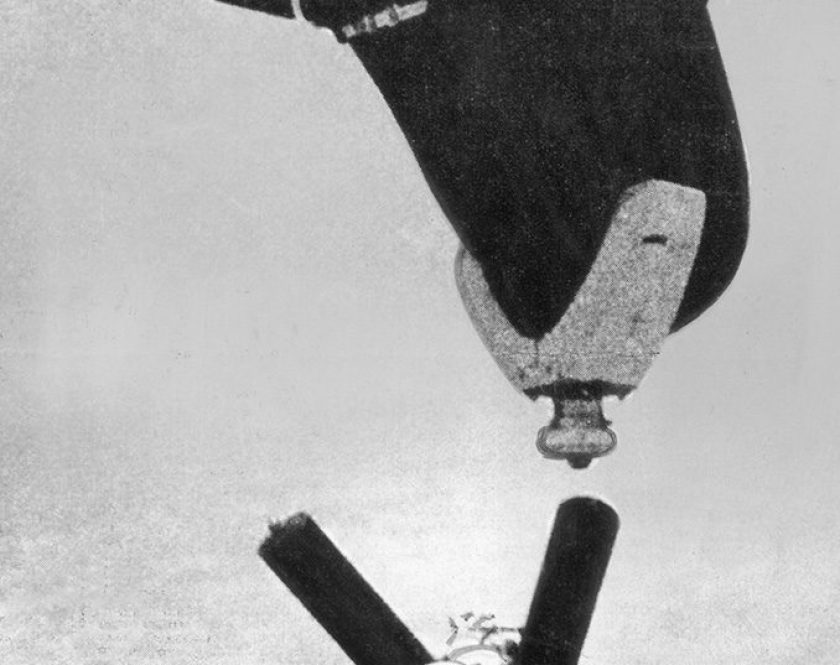
6. Depth Charge–Sniffing Dolphins – Various – From the 1960s to the 1990s, the U.S. Navy had a top-secret program up and running that studied the mine-finding abilities of marine mammals such as the Bottlenose dolphin and California sea lion. CNN reported back in 2014 that the Russians had a similar program in place. Now declassified, it appears that the U.S. Navy will be shutting down its program as early as next year—well, at least we think so (it’s your move, President-elect Trump). For more on the program, click here.
7. Bug Warfare – World War II – Nowadays, bug bombs are something you can find in the garden care section of Lowe’s. But back in the ’30s and ’40s, nations used bugs as a means of crippling their enemy. Case in point: the French and Germans unleashed Colorado potato beetles on Allied fields to kill their crops; and way more menacingly, the Japanese killed over 400,000 Chinese by exposing them to airborne plague-infected fleas and cholera-coated flies. Read all about it and more in this Boston Globe article.
—Will Levith for RealClearLife
This article appeared in an InsideHook newsletter. Sign up for free to get more on travel, wellness, style, drinking, and culture.
